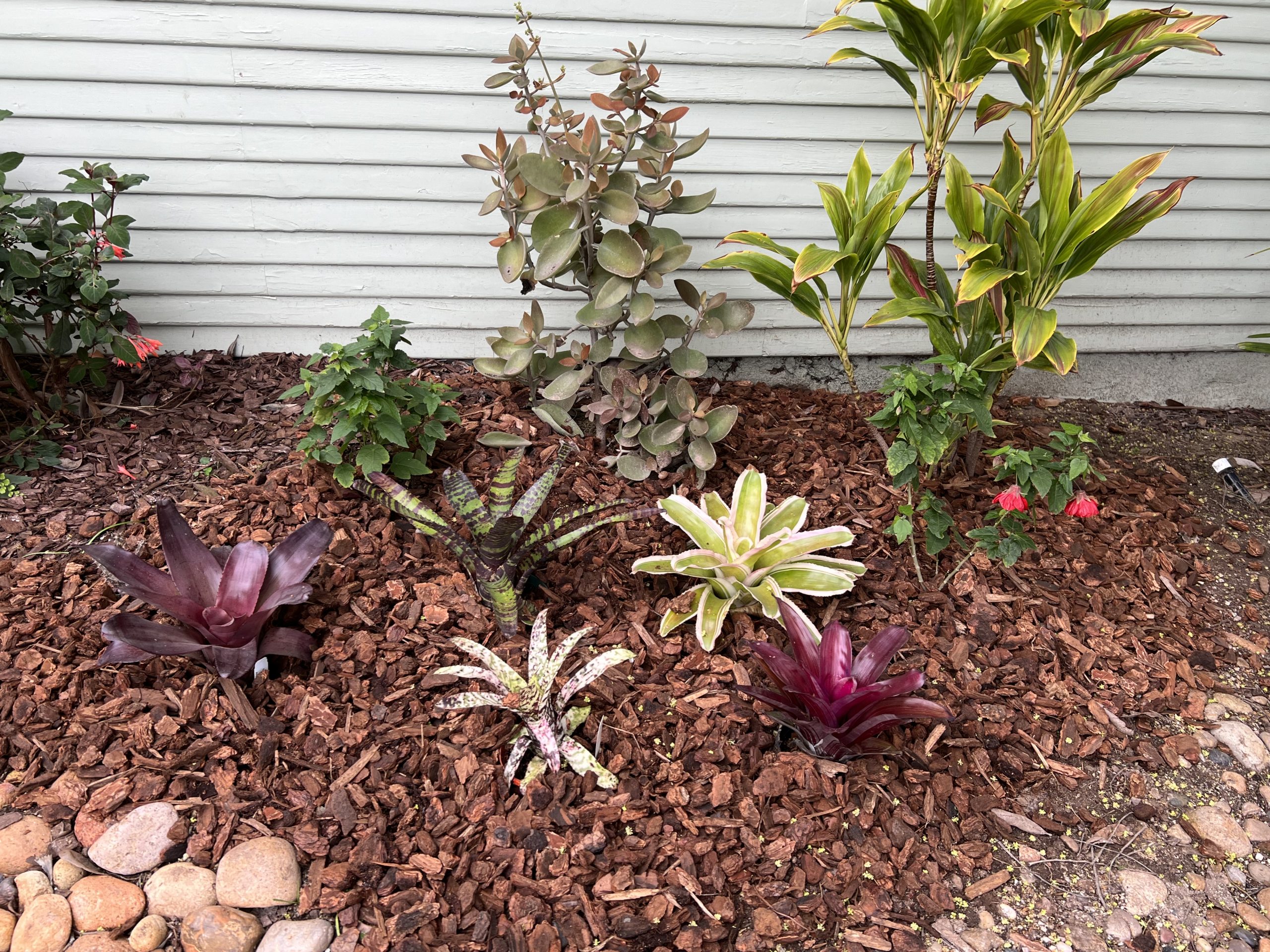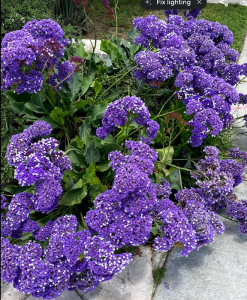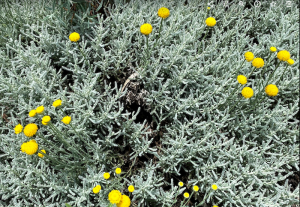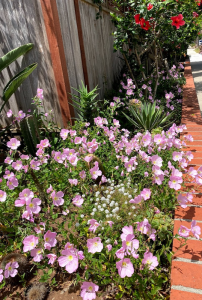I watched a terrific webinar hosted by Mr. Neville Fay, an gifted, learned arborist in England. Here are some takeaways from the Webinar.
Humans identify with other living animals because humans are animals. anthropomorphism, the interpretation of nonhuman things or events in terms of human characteristics, as when one senses malice in a computer or hears human voices in the wind. Anthropomorphism is a human characteristic hindering are ability to fully comprehend and understand the plant kingdom, particularly trees and plants.

Why are humans blind to the plant kingdom? Is it because humans have become increasingly separated from nature? Since we are a part of nature, indeed we came into existence in nature, what happens when we separate ourselves from nature, if we become alienated from nature are we alienated from our own self?

Our language and thoughts create and limit our world and influences our opinions. “The tree which moves some to tears of joy is, in the eyes of others, a green thing that stands in the way”. Our language limits how we think, how we view the world, and explains why we cannot fully understand and appreciate trees.

We often define a tree based on its location, aesthetics, function or monetary value. Trees in forests are viewed for the timber value. Old, mature, dying trees are viewed as dangerous threats to our well being. Trees life expectancy is often viewed from a “useful” perspective, usually resulting in damage, flawed or senescent trees being removed rather than allowed to progress through their lifespan? This may make sense in the urban environment, but what happens when a supposedly dying or dangerous tree is allowed to continue living beyond its “useful” lifespan?

These trees defy our attempts at defining what a tree is. They are remarkable living beings that have the ability to define or refine what a tree is, can or should be. Every tree pictured above has retrenched itself into a new being, growing new tree parts or new trees from original broken or decayed stems and trunks. Obviously they have no timber value, but appreciating there ability to survive and recreate is very inspirational.
Trees have several life stages, young to early mature, full to late maturity, ancient and or sessile. We frequently never allow trees to exist in their ancient life stage, especially in the urban environment.

As trees enter the ancient life stage, they undergo crown and root retrenchment, dramatically increasing their functional complexity and reiteration.
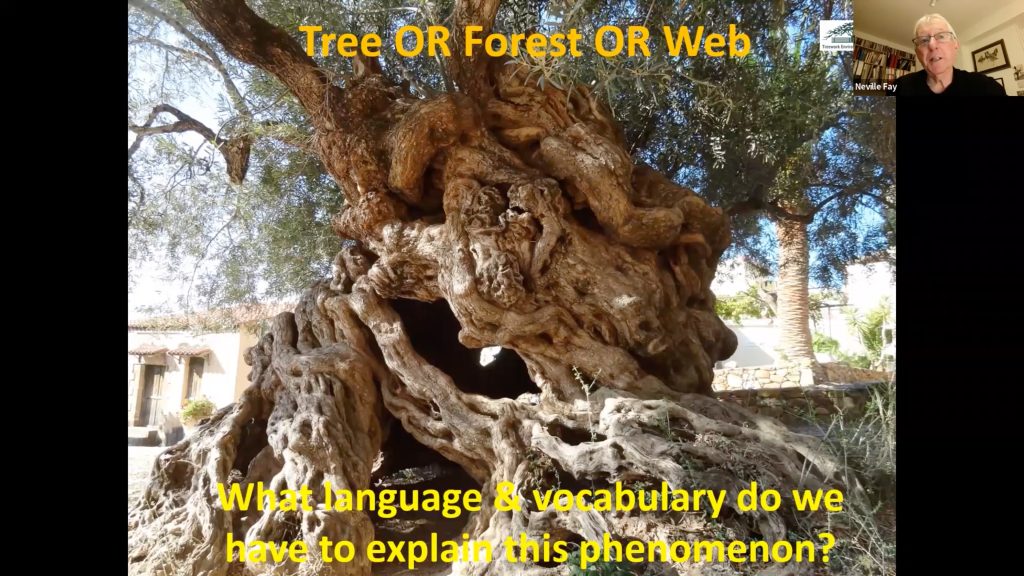
Here is an ancient olive tree, a tree completely hollowed out, the original trunk is gone, yet it has drawn upon resources to interweave multiple stems and roots into a retrenched healthy olive tree. Is this one tree or multiple trees or even a forest of trees? This tree has no timber value, and would most likely never be allowed to exist in an urban setting. Yet It can only be viewed as awe inspiring, magnificent.
While trees are a part of ecosystems, a single mature or ancient tree is in and of itself a complete ecosystem, supporting an abundance of animal, bird, insect, fungal and bacterial life.

Did plants and animals evolve from a single source? A theory called Endosymbiosis posits plants and animals evolved from the same original source. The Endosymbiotic Theory states that the mitochondria and chloroplast in eukaryotic cells were once aerobic bacteria (prokaryote) that were ingested by a large anaerobic bacteria (prokaryote). This theory explains the origin of eukaryotic cells.https://bio.libretexts.org/Bookshelves/Microbiology/Microbiology_(Kaiser)/Unit_4%3A_Eukaryotic_Microorganisms_and_Viruses/07%3A_The_Eukaryotic_Cell/7.8%3A_The_Endosymbiotic_Theory

The separation between animal and plant cells diverged when mitochondria evolved from bacteria evolving into animals versus chloroplasts developing from bacteria evolving into algae and plants. Records depict trees have lived and evolved with humans for thousands of years. Their existence and importance to humans cannot be overestimated.

Trees cannot escape where they grow, they become soil farmers, they are conductors of the soil orchestra of microorganisms. Soil is alive, a living breathing thing. Where trees are allowed to flourish, they enrich soils, thereby creating the endless cycle of life. When we develop and compact soils, we are killing a living environment. Mega agribusiness utilizes monocropping to produce our food, a practice that increases their profit while killing off biodiversity and depleting our soil resources. https://www.greenmatters.com/p/what-is-monocropping
Leonardo de Vinci understood the complexity of trees and their roots, positing the root structure being a mirror image of above grade stems and limbs.

Soil compaction is the single greatest threat to soils, thereby our future.

We need to embrace trees, eliminate bias views of trees based on our own anthropomorphic views. We cannot exist without trees, they provide the oxygen for our planet, without trees, humans would not survive. And even if somehow we managed to survive, I for one could not imagine a world without trees.





